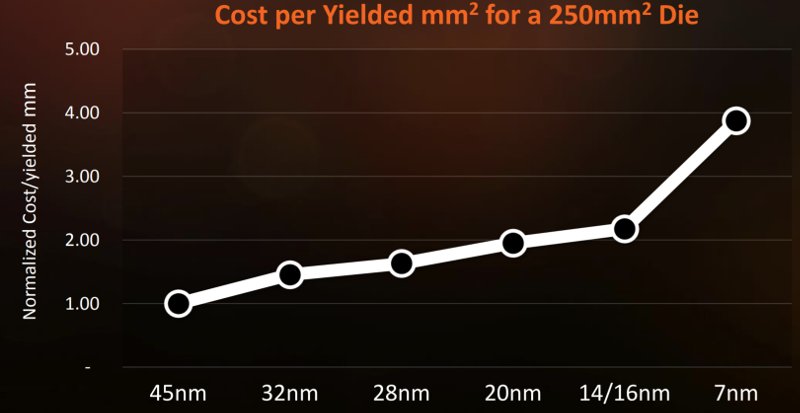cageymaru
Fully [H]
- Joined
- Apr 10, 2003
- Messages
- 22,077
GLOBALFOUNDRIES (GF) has placed an indefinite hold on the development of a 7nm FinFET program and is instead focusing on 14/12nm FinFET. GF is also reducing their workforce by 5%. This leaves only Intel, TSMC, and Samsung to develop the most cutting edge processes.
"Lifting the burden of investing at the leading edge will allow GF to make more targeted investments in technologies that really matter to the majority of chip designers in fast-growing markets such as RF, IoT, 5G, industrial and automotive," said Samuel Wang, research vice president at Gartner. "While the leading edge gets most of the headlines, fewer customers can afford the transition to 7nm and finer geometries. 14nm and above technologies will continue to be the important demand driver for the foundry business for many years to come. There is significant room for innovation on these nodes to fuel the next wave of technology."
"Lifting the burden of investing at the leading edge will allow GF to make more targeted investments in technologies that really matter to the majority of chip designers in fast-growing markets such as RF, IoT, 5G, industrial and automotive," said Samuel Wang, research vice president at Gartner. "While the leading edge gets most of the headlines, fewer customers can afford the transition to 7nm and finer geometries. 14nm and above technologies will continue to be the important demand driver for the foundry business for many years to come. There is significant room for innovation on these nodes to fuel the next wave of technology."
![[H]ard|Forum](/styles/hardforum/xenforo/logo_dark.png)
